Homes for Financial Independence: The six best home and living situations for financial independence. Practical compromises to save money.
Although more affordable living situations are available in suburban areas, the lack of proper transit systems makes it necessary to pay for a car as well as car insurance.
In addition, weaker, lower paying job prospects are available outside the city.
Therefore, moving further away from the city does not necessarily mean you will save money.
Moving away from the city just changes your lifestyle. It affords more space and a different transportation system for the same cost.
For most, the question of where to live is decided by family needs. Generally, to afford a larger space, a family must move out of the city.
But what about financial independence seekers? What are the best homes for those who want to live by their own ideals? Is it better to live in the city or the suburbs?
In this post, I will explore the best living situations and homes for financial independence.
Let’s dive in.

Homes for Financial Independence
Before we discuss the best homes for financial independence, we must define what makes a home right for an individual seeking financial independence.
Ultimately, financial independence seekers want a place that allows them to save enough money to eventually retire early.
This means you should still be able to save at least 15% of your income after the cost of your home and other expenses. Ideally, it should be a much higher savings rate.
Therefore, someone seeking financial independence does not want to overextend their budget.
At the very least, the best homes for financial independence are homes that cost less than 30% of your net income. This way, you can still afford to save money while living a comfortable lifestyle.
Now that these two simple rules have been established, let’s look at the factors that impact the price of homes.

What’s better? City or Suburbs
The short answer is the city and the suburbs basically cost the same, so it depends on your lifestyle preferences.
Of course, there are many tradeoffs and advantages to each option.
In the city, you are close to all the action. There is always something to do—from nightlife, to shopping, and restaurants. Often times, higher paying jobs are also available in a big city. And because of the transit systems, it’s possible to not own a car.
However, the city is filled with questionable tradeoffs. Mainly, small spaces are expensive, it’s crowded, and there’s less scenery and nature.
On the other hand, the suburbs offer more space and quieter environments. It could offer a more peaceful, serene way of life. But even a big house in the suburbs has its share of tradeoffs. Because of the lack of transit, you must own a car.
If you work out the cost of living in the city and the suburbs, it’s basically the same cost when you factor in insurance and the cost of owning a car.
Thus, financial independence seekers have to come to a conclusion based on personal preferences.
Personal Preference + Life Stage = Living Arrangement
Ultimately, the choice to live in the city or the suburbs is a personal choice.
It comes down to personal preferences and how patient you are. Basically, how long are you willing to wait for financial independence?
Because the more you spend on your dwelling, the less you will be able to save for financial independence. In the end, it comes down to sacrifices.
If you want to achieve financial independence as soon as possible, then live as cheap as possible.
However, if you are an FI-seeking millennial that wants to enjoy the journey, there is a more logical path to take—a path that allows you to enjoy life and your living arrangements by prioritizing personal preferences.
Obviously, your job’s location and work style should be the first consideration. Your job dictates where you live.
If you can’t stand commuting, you should find a work from home job or move as close to work as possible.
Otherwise, here are the six best living situations and homes for financial independence:
1. Live for Free with Parents
Of course, if you’re trying to reach financial independence, the best option is to pay nothing at all for your living arrangement.
If you can live with your parents, the money you would put towards rent can go towards saving for a down payment.
If you can live with your parents until you are thirty, you should be able to avoid paying rent altogether.
Anyone afforded this luxury should avoid paying rent.
However, the goal should be to save up and move out as soon as possible.
So, if you have the opportunity to live with your parents, save for a down payment on a house and get out fast.
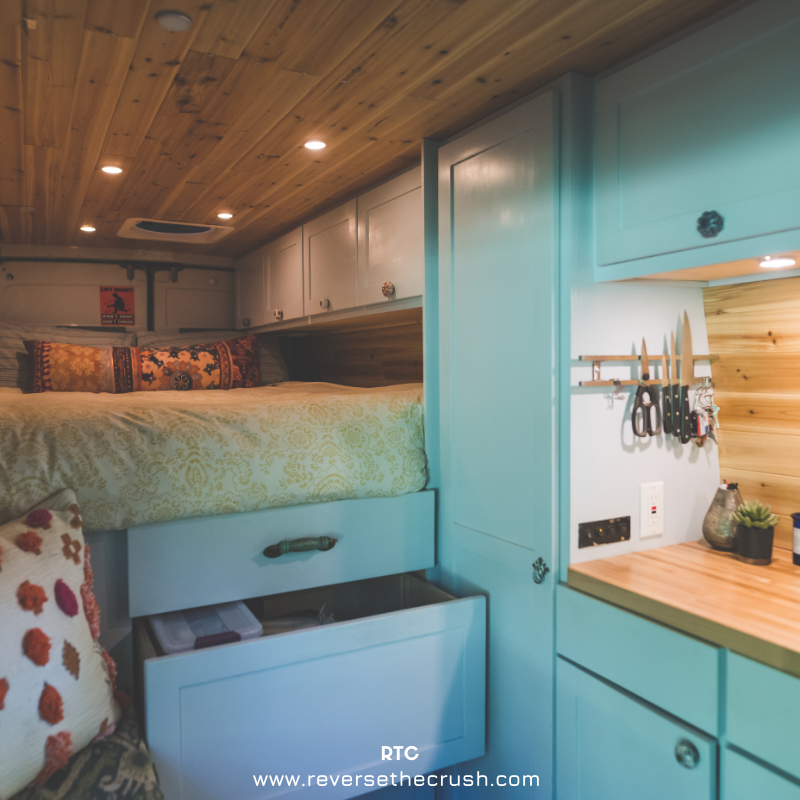
2. Live in a van, trailer, or other low-cost mobile or small-size home
Some of the more unorthodox homes for financial independence are mobile homes and tiny homes.
Of course, this kind of living arrangement is far from luxurious. I mean, we’re basically talking about living in a van. Once you purchase the van, though, there is no rent or mortgage to pay. You just have to pay for gas, insurance, maintenance, and maybe parking. It would cost far less than rent or buying a residence.
Although it’s not the most comfortable situation, you could save a lot of money if you could hold down a job while living in a van. Perhaps you would need a gym membership for showers, and it might be embarrassing to explain to people.
But it could end up being a memorable experience and a way to save a lot of money.
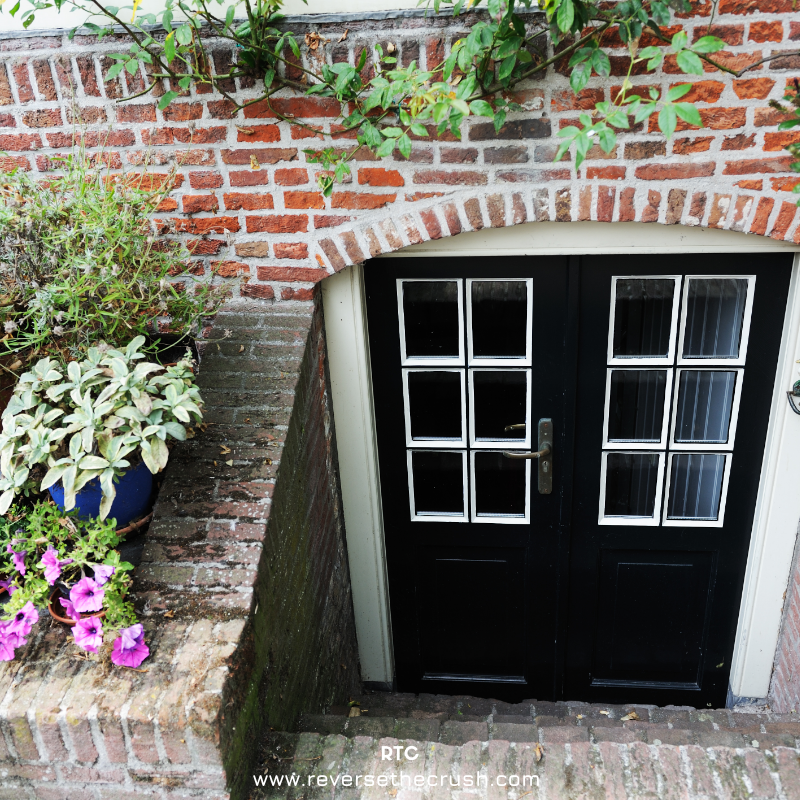
3. Rent Cheap – Find the lowest cost living situation possible to save money and invest.
If you are in the early stages of your career, and if you are willing to make sacrifices to reach financial independence, the best option is to rent cheap.
I mean, you could rent a cheap room in someone else’s home, if you are willing to sacrifice your living arrangements.
Assuming that you rent a cheap room, you could eliminate maintenance costs, upkeep, and room for furniture.
From there, it’s possible to invest all your free cash flow into various income streams to reach financial independence as soon as possible.
Personally, I value my own space and privacy, so I’m no longer willing to consider this option. I’d rather spend money on my own place and have a longer journey to financial independence.
Related post: Frugal vs Cheap: The Difference Between Frugality and being a Cheapskate

4. Rent Walking Distance From Work – Combine your transportation and shelter costs to eliminate the commute
This option will allow you to spend more on your home while simultaneously avoiding a commute.
If you work downtown in a large city, you could look for homes and condos that are walking distance from your job.
Typically, these places will be more expensive because of the sought-after locations.
But if you consider the money that will be saved on commuting, food, or the cost of owning a vehicle, it could be a way to save money.
5. Rent or Buy a transit accessible place as far from the city as possible
Instead of living in the city, you could opt to live on the outskirts of the city.
If you find a place that is on the outskirts that is still transit accessible, you can avoid the cost of a car while affording a larger, lower-cost place.
This could be the best option for work from home employees who occasionally travel into the office for meetings.
This way, you are still able to take transit to work if necessary.
By sacrificing the downtown experience and by sacrificing on having a car, you can still afford to save for financial independence.
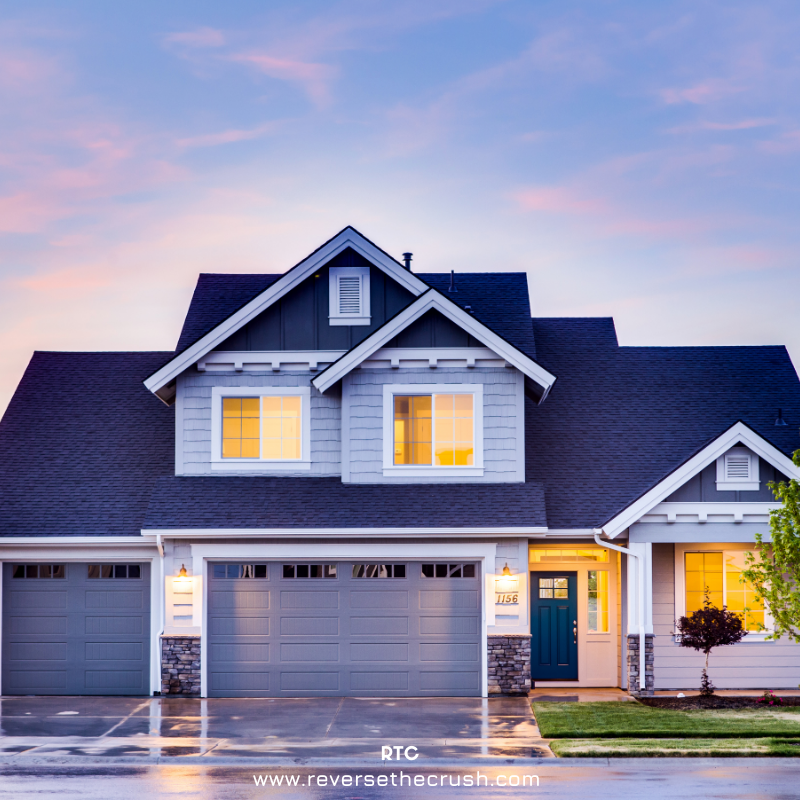
6. Buy a house outside the city – Buy a house for less, get a car.
If you have a down payment saved up and enough income to still save fifteen percent for retirement, you should buy a house outside the city.
By buying a house outside the city, you will be able to spend less money to obtain the house you want.
Because you have more buying power outside the city, there will be a lower monthly mortgage payment.
In turn, it’s possible to own a house, build equity, and retain the ability to save fifteen percent of your income, or greater.
Then, if you are willing to stay there permanently until it’s paid off, you can eliminate the cost of living arrangements altogether.
Therefore, the best option of all is to buy a house outside the city.
Homes for Financial Independence – Concluding Thoughts
Personally, I fall under the fourth option, since I’m currently in the process of moving to the outskirts of the city.
By moving to the outskirts of the city, I was able to find a nicer place at a better price. Plus, I don’t need to own a car because I still have access to transit. So, I get a higher standard of living while still retaining the ability to save money.
In conclusion, the best homes for financial independence:
- Cost less than 30% of your monthly net income.
- Allow you to save at least 15% or more after rent/mortgage payment and expenses.
Moreover, there are six homes for the financial independence seeker to consider:
- Live for free with parents.
- Live in a van, trailer, or other mobile or tiny home.
- Rent cheap.
- Rent or buy walking distance from work.
- Rent or buy a transit accessible place.
- Buy a house outside the city.
In the end, living arrangements come down to personal preferences. But if you’re willing to make sacrifices, you can reach financial independence a lot faster.
Related:
Are Work From Home Jobs Legit? (17) Amazing Benefits of WFH
How To Save For a Down Payment On A House
I am not a licensed investment or tax adviser. All opinions are my own. This post may contain advertisements by Monumetric. This post may also contain internal links, affiliate links to BizBudding, Amazon, Bluehost, and Questrade, links to trusted external sites, and links to RTC social media accounts.
Connect with RTC
Twitter: @Reversethecrush
Pinterest: @reversethecrushblog
Instagram: @reversethecrush_
Facebook: @reversethecrushblog
Email: graham@reversethecrush.com
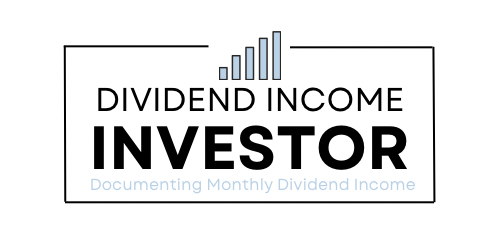
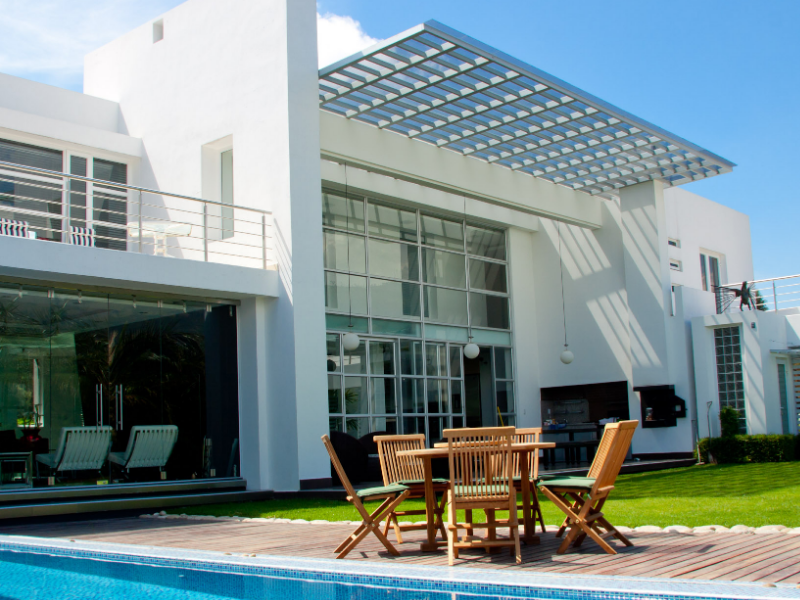
 Buy Less Stuff – Why Millennials Want to Own Less
Buy Less Stuff – Why Millennials Want to Own Less
